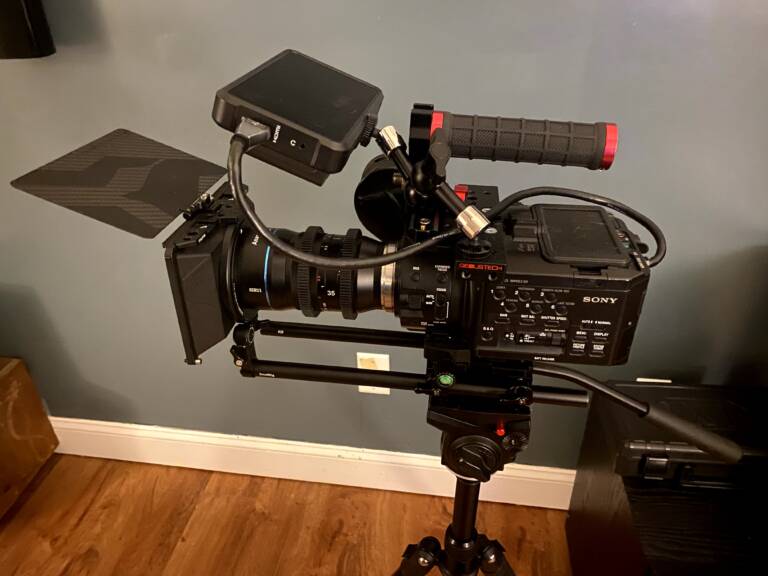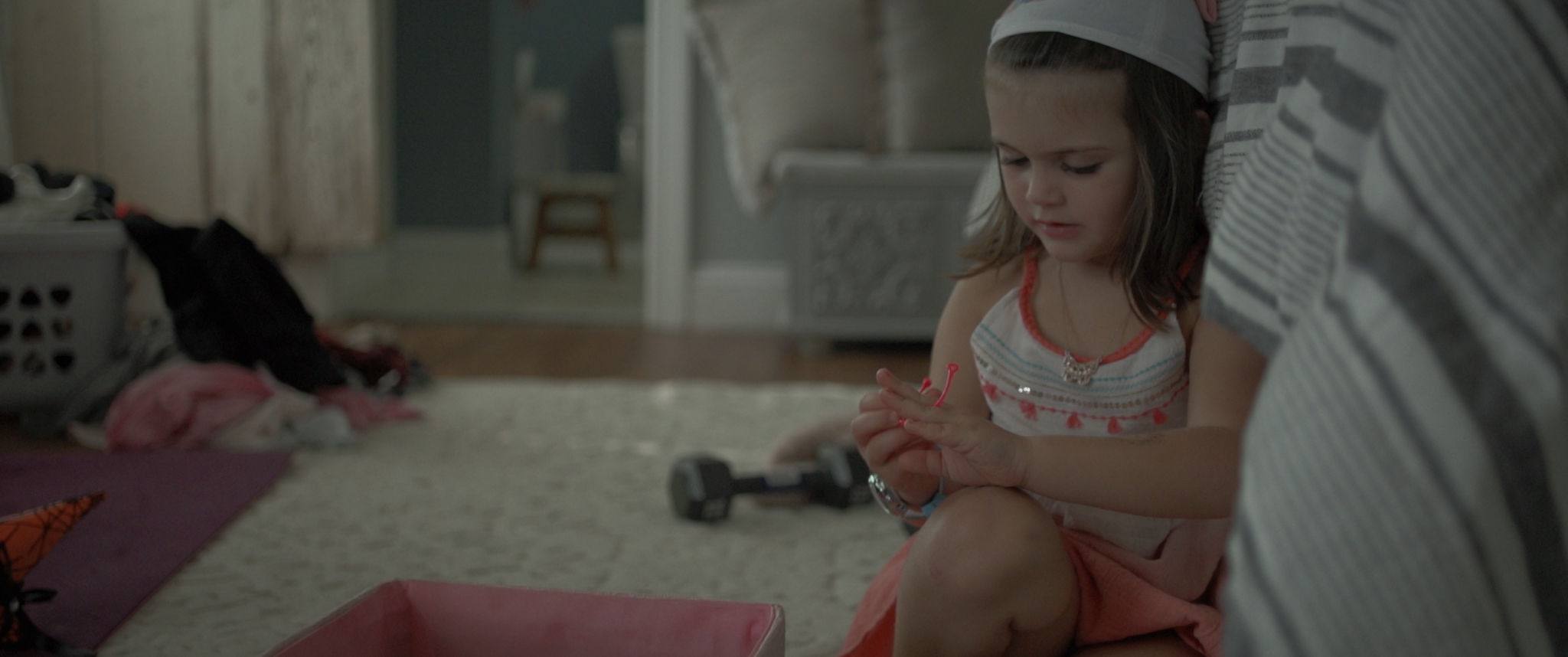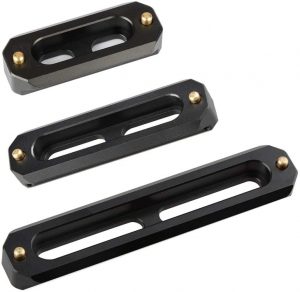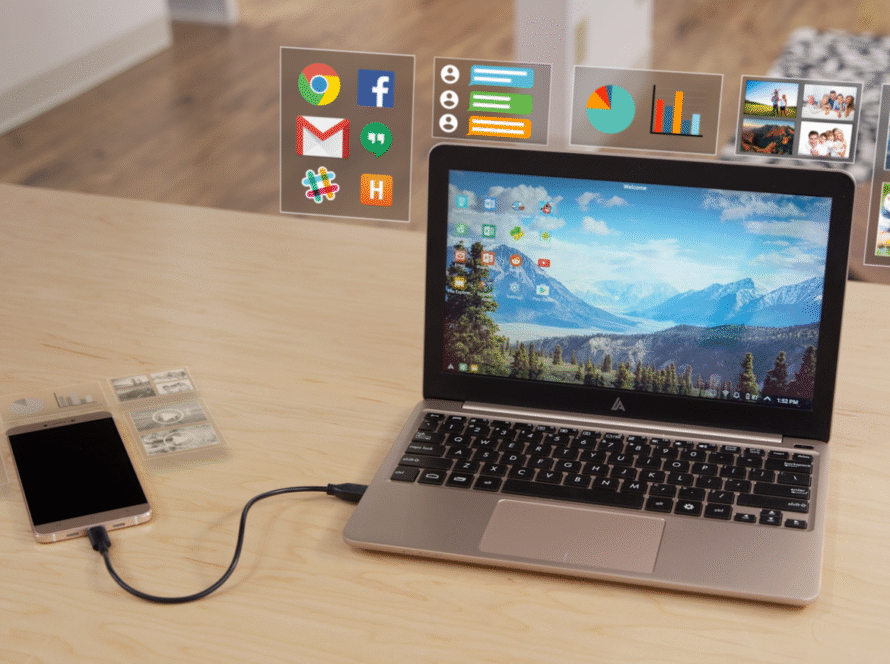The time finally came; I sold my Sony NEX-FS100. This wasn’t an easy decision to make, nor was it one that I necessarily wanted to do, but in the end it has ended up being what needed to happen. Now that the camera has left my hands, I figured I’d share my experience with it, and explain why I ended up selling a camera that I had such a soft spot for. What are my final thoughts on the Sony NEX-FS100?
Ergonomics & Handling. My $0.02

When ever you read or watch a review of the Sony NEX-FS100, one of the key points they focus on is the ergonomics of the camera. It took me nearly 4 years of ownership to finally realize what they meant, but I think I finally get it.
In recent years, most, if not all cinema cameras coming out are in the form of a box. One side is covered with buttons, and on the back is normally some sort of battery terminal along with any number of inputs and outputs. The Sony FS100, which was released in 2012, is no different. The problem is that other cameras of the time hadn’t taken design notes yet, and as such this form factor was not as revered, let alone desired as it is nowadays.
So why was the cameras ergonomics so bad if it’s so similar to the very cameras people lust over in the current day? I don’t think we need to look at the camera body specifically, but rather the accessories included with the camera.
When I first purchased the camera, the first thing I did was install the top and side handles. Immediately I was rather off-put by how uncomfortable it was. See, this is what I believe the issue is. I’ll start with the top handle; if you want to call it that. This handle was more of a mechanism to attach a microphone to the camera, and while it could be used as a handle, I do not believe that was the intent during it’s design, so that’s a problem on its own.
Now, the elephant in the room; the side handle. When I say elephant, I mean the handle is big, bulbus, and uncomfortable. Now, I have big hands; I can palm a basketball if that registers. So, when I first grasped ahold of the side handle and found it to be big and unwieldy, I’m sure you can imagine others would feel the exact same way. This is where I believe the issues everyone had began. Now, I put lenses of all sizes on the camera, and even with an NPF-970(a big battery) on the camera, if I held on with the standard grip, the camera was ALWAYS out of balance in my hand, and with the size of the grip, It always felt like it was just a finger slip away from dropping the camera. This was only exacerbated when I got the sirui 35mm Anamorphic and Tiltaing MatteBox(they add weight and bring the center of gravity way forward).
Now, the way I fixed these issues is by taking off the side handle and just not using it. Instead, I purchased a top Cheese plate, a NATO Rail and a NATO Top handle. Problem Solved.
Seriously though, once I added a proper top handle, NATO rail and a cheese plate, I was able to handle the camera however I wanted, add whatever accessories I needed, and keep the camera balanced.
Now, when you fix the handling of the camera, the only thing you’re left to complain about is the physical camera layout. Now, the button layout, while people like to complain about it, I never had any issues, in fact, I found it easier to navigate than my current FS5. I appreciated the dedicated controls for viewing media on the top, in front of the flip up (touch) screen. While the audio controls could have been on the side, I again was never mad they were on the top, and honestly appreciated having them separate from the video controls, so not to get them mixed up.
My recommended Accessories
Ok, this is honestly going to come down to use case, but I am confident the final rig I ended up with would be sufficient for most users.
As I previously eluded to, the ergonomics of the camera can be greatly improved with two things, honestly. A NATO Rail and a NATO Top handle. Just these two things will transform the camera and your shooting style.
Now, if you want to take it to the next level, I would hands down recommend a cheese plate. The down side is that these are much more difficult to come by, but if you get creative, you can find one second hand. The one I ended up finding on eBay was made by GENUSTECH. It added so much functionality in terms of 1/4″ mount/screw holes.
Next two items are a crapshoot and really depend on your shooting style and requirements. That is a monitor and/or recorder. I used multiple monitors of the few years of ownership, but towards the end I opted for strictly for a monitor; specifically the Atomos Shinobi. To mount the shinobi, a friction arm(these are amazing!).
Now, obviously you’ll need a microphone, HDMI cable and batteries, so I’ll include them above too. That, and an alternative monitor/recorder and the SD card I used.
Image Quality & Picture Profiles

As anyone can guess, the image coming out of a camera is probably the most important thing when considering a camera. Regardless of any other features a camera may have, if it takes a shitty image, then it’s not worth it. So, how is the image of the FS100? Well that depends on a few things. If you take the camera from the factory, change nothing, and set everything on auto, it’s OK at best. Mediocre may be an appropriate word. The image looks very video like(think home movie). It lacks that (dare I say) cinematic feel. With that said, if you buy a camera with picture profiles, you’re looking to get the best image you can, and as such, you’ll be tweaking these profiles. If you’re reading this, then I can only assume you are more than aware of the work I put into creating my own picture profiles. Similarly, I would assume you have at least tested them to see if they work for your usecase.

Trying to get others to use my profile doesn’t exactly tell you what I think about the image, so here it goes. I absolutely love the image that comes out of the FS100. I’ve shot Slog2, Slog3, Cine profiles, and everything in between. I used and tested every single custom profile for the FS100, and once I took the time to create my own profile, I absolutely fell in love with the image that was captured. Now, that’s not to say it’s perfect, you have to watch highlights, and at all times, make sure the skintones never clip, but when I used my profile, by following the simple rule of keeping skintones, or the subject below 75% ire, everything would just kind of fall in place. Color reproduction was damn near perfect, the gamma curve I was able to create did wonders to the shadows while being able to maintain so much data in the highlights. I can ramble on and on about the image, but lets talk specs and what you’re actually getting. Internal, you’re getting a 1080P 4:2:0 image at a max 28mbs. I preferred shooting in 24fps, because reasons, but 30 and 60P are available, as well as PAL framerates. Externally, via HDMI, you’ll see an 8bit, 4:2:2 uncompressed image which will see less overall noise and will produce a slightly better image than internal. The difference is negotiable, and towards the end of my ownership, I opted to shoot internal because it just made more sense, but I’ve done both.
Why did I sell
This is a pretty quick explanation; I needed more latitude for color grading. My abilities in Blackmagic’s Davinci Resolve surpassed what an 8bit codec was capable of. Along with that, I needed a reliable and effective means of scratch audio; the microphone I Was using on the FS100 was not that. Lastly, the ability to shoot 4K if/when needed is a plus, but the vast majority of my work is still 1080P.
And that’s it. I’m going to miss the camera and it’s image. I have since upgraded to the Sony FS5 with all licenses unlocked, so I now have vastly more shooting options, but at the end of the day, I will miss the FS100. What are your thoughts on the camera? Do they parallel much of what I’ve said, or am I completely off base?











